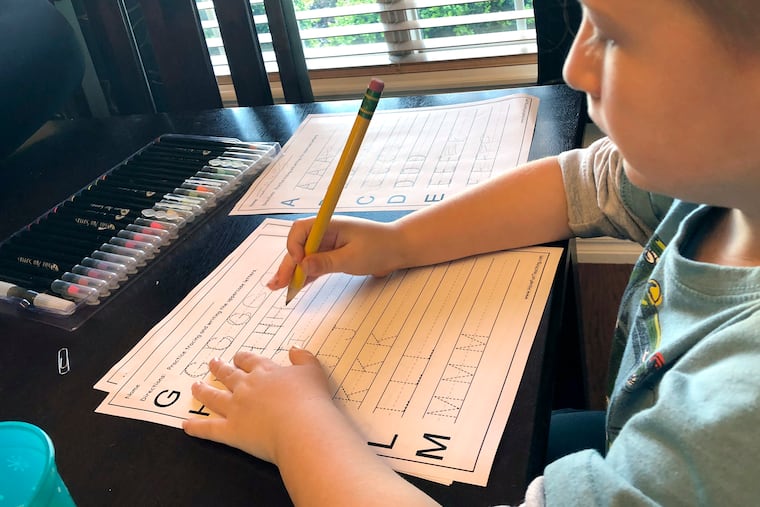Children with autism spectrum disorder need more support during the pandemic | Expert Opinion
Children with ASD find the constant change in routine challenging. With the abrupt closing of schools and the transition to virtual learning, many children are regressing.

It’s 2021 and for the first time in recorded history kids want to go back to school!
A typical schedule this semester might consist of virtual learning on Monday, Wednesday, and Friday and in-person on Tuesday and Thursday. Wait, change that! Virtual for the next two weeks. Then... who knows?
COVID isn’t the only battle we’re facing. The number of children diagnosed with autism spectrum disorder (ASD) was on the rise before the pandemic. According to the Centers for Disease Control and Prevention, in 2000, about 1 in 150 children had a diagnosis of ASD. In 2016, that number has surged to 1 in 54.
The pandemic has been especially difficult for these children. Tara Hummel, a licensed professional counselor at the Institute for Behavior Change, said children with ASD find the constant change in routine challenging: “With the abrupt closing of the school system, transition to virtual school, and the inconsistency with academics, many children with ASD have regressed.”
Steve Kossor, school psychologist and executive director of Institute for Behavior Change, said that in order for children with ASD symptoms to improve, they need many hours of therapy each week — including speech, occupational and physical therapies — in addition to behavioral support. During the pandemic, this intensive, individualized treatment is just not happening.
“Consistent face-to-face encounters are an absolute necessity in the treatment process,” he said. Furthermore, he explained that children with ASD need opportunities to practice their social skills so a reduction due to distancing measures results in a slower learning rate.
How can you help your child with ASD during the pandemic? Michigan Health offers these six tips:
Talk about COVID. Be clear, direct, and honest. Explain that COVID is a “germ” that can make people very sick. Use stories, pictures, or other visuals to help your child know the steps for staying safe: wash hands often (enough time to sing the ABC’s), avoid touching eyes, nose, and mouth, wear a mask, and stay at least 6 feet away from people who don’t live with you. Limit your child’s exposure to news and social media, which can be confusing and stressful.
Create a schedule. Children with ASD need consistency, so post a daily schedule that resembles their regular school day with breaks for snacks, lunch and physical activity. This helps the child who struggles with unanticipated changes and benefits know what to expect.
Seek social opportunities. Children with ASD need interaction to develop and practice social skills. While face-to-face interactions are ideal, look for ways to connect children virtually with classmates, friends, relatives.
Make screen time intentional. Although screen time is necessary for virtual school, too much screen time especially for children with ASD can lead to problems including hyperactivity, irritability, and trouble sleeping.
Optimize treatment opportunities. Schedule appointments with therapists and providers virtually. Every effort should be made to continue treatment during the pandemic. Time without treatment is time lost.
Self-care for the caregivers. Even in the best of times, it’s challenging to juggle the needs of a child with ASD with your needs and those of the rest of the family. Whether it’s getting exercise, watching a movie, reading a book, or engaging in another fun activity, it is important to take time for yourself.
Jeffrey Himelstein is a behavioral health technician with the Institute for Behavior Change in Exton, Pa. He works with children with ASD at their homes and in school.